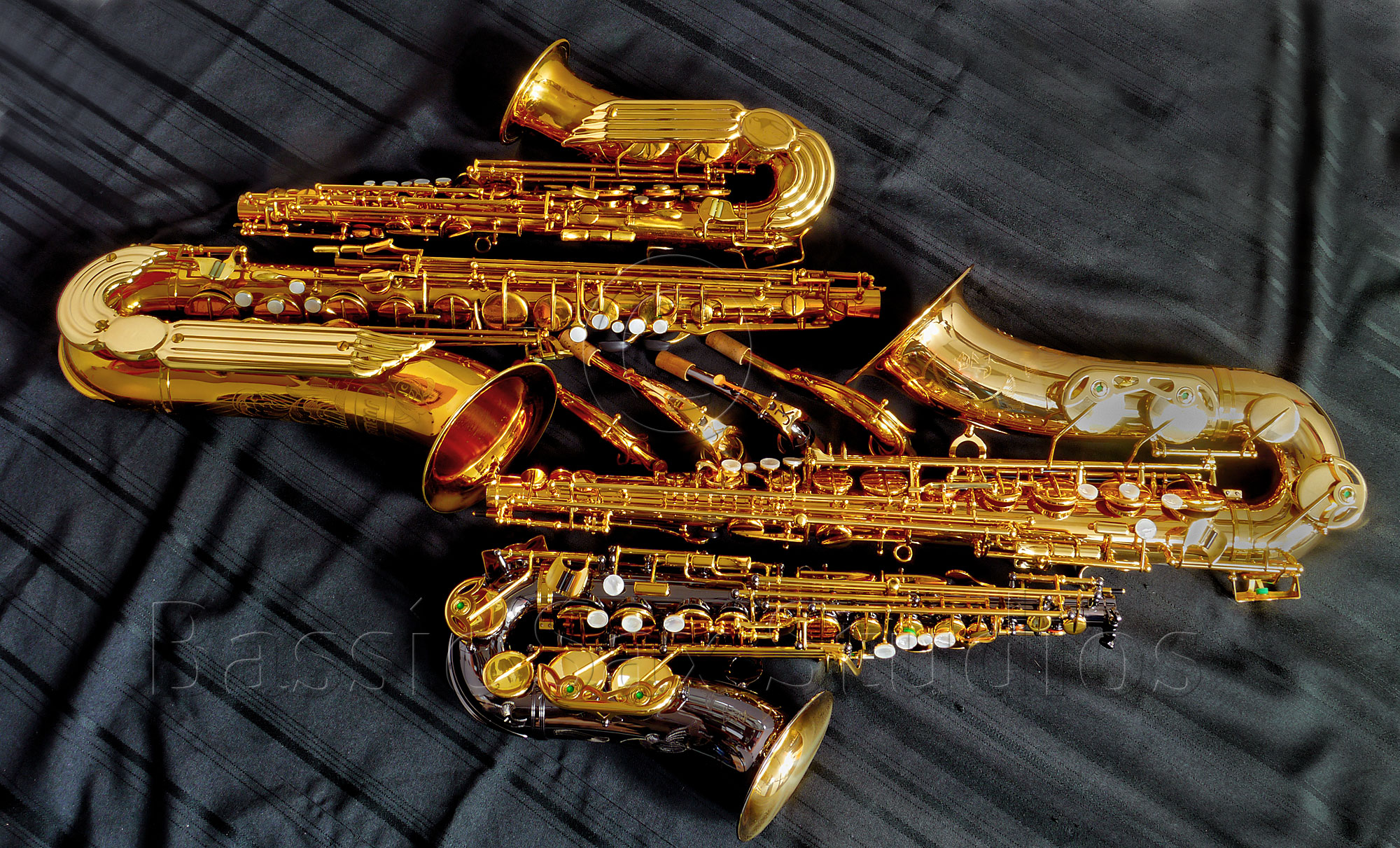- 3 aspects of saxophone tone
- The source of our tone
Originally published in 2010. Updated in 2025
The 3 Aspects Of Saxophone Tone
Years ago I read an article by legendary saxophone player and composer, Su Terry, in which she likened sound to light. That article was a real a ha moment for me, in that it provided me with a way to not only better understand, but be able to explain saxophone tone to my students.
In The Secret of a Good Woodwind Sound, Terry likens sound to light: Just as light is made up of multiple colours that can be split apart and seen through a prism, so too is a specific tone comprised of multiple frequencies that blend together. Taken in their entirety, these sound frequencies are what are known as the overtone series.
When saxophone players talk about tone—oftentimes because they want to improve theirs—they may not be aware that there are actually multiple aspects of it. Over the years I’ve read all kinds of different names for these 3 aspects of tone, but I’ve found that the names that Su Terry 1 uses are easy to remember, and work quite well. She uses the terms: main tone, shadow tone, and overtones.

The main tone is what we hear the most of. It really forms the core of our saxophone’s sound. The emphasis on this core sound was fashionable for years, and certain players, such as Paul Desmond, had a very solid core sound, with very little of either overtones or shadow tones. To achieve this type of sound, players would use a mouthpiece piece with a closed tip, and a hard reed.
The shadow tone is really just a very plain echo of this core sound. When I was in junior high, my first private teacher had me practice listening to my tone by having me play against a wall. This is the best way to hear your shadow tone. I still use that technique today—some 30 years later—and I still find myself hearing new things sometimes in my tone, that I haven’t heard before.
As Terry 2 points out, don’t be surprised if you notice that your shadow tone seems to change in pitch to your main tone. Depending what kind of saxophone you are playing, the direction of the air changes as it follows the curves of the instrument. This can result in the shadow tone being more than a whole tone different than your main tone, depending on what notes you are playing.
The easiest way to hear your overtones, is to stand against a wall and play, just as you would to hear your shadow tone. If you’ve never heard an overtone before in your playing, the easiest one to hear comes from playing low Bb. Stand against the wall and blow a low Bb. Depending on how good your ear is, you should year the F, an octave and a fifth above the low Bb. In the on-line sax community, this note is commonly referred to as F2.
A tone rich in overtones is a more modern sound. David Sanborn is good example of a player who has many overtones in his tone. To achieve this type of sound, players would use a mouthpiece with an open tip, and soft reeds.
This was really the introduction for a multi-part series on saxophone tone, that I’ll be writing over the next little while.
In part 2 we’ll take a look at where these 3 aspects (main tone, shadow tone, overtones) of a saxophone’s sound come from, and how to work towards changing one’s tone.
1 A good resource for players is Sue Terry’s, Practice Like The Pros, published by Hal Leonard.
2 The Secret Of A Good Sound, by Sue Terry. Was an article published on Sax On The Web.


